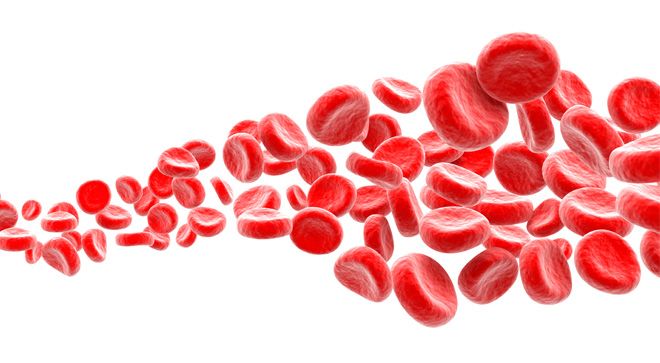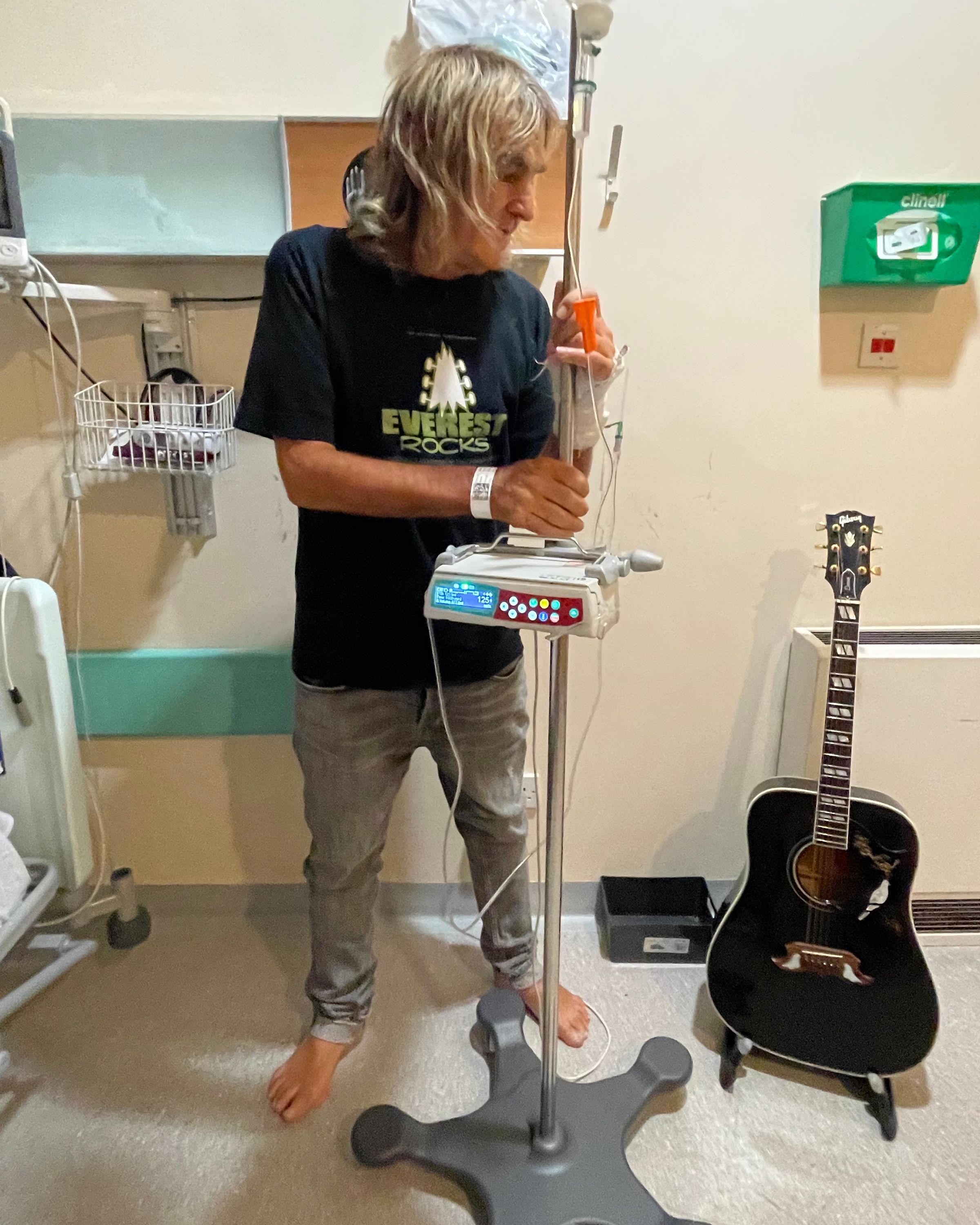Video
The Nature of Waldenstrom Macroglobulinemia
Transcript:
Steven P. Treon, MD, PhD: Waldenström macroglobulinemia is an indolent non-Hodgkin lymphoma. It’s an interesting disease that shares many features of mature lymphomas as well as plasma cell dyscrasias.
Waldenström Macroglobulinemia falls under the umbrella of non-Hodgkin lymphoma because it’s a disease that’s made up of B cells much like many lymphomas that we see. And morphologically, when we look in the bone marrow of patients who have this disease, there are mature B cells, much like the cells we see in lymphoma patients, but also plasma cells. These are cells that we would normally see in patients with multiple myeloma. And there are also cells called lymphoplasmacytic cells that fall in between the two. And so they have features of both.
The way the cells in a patient with Waldenström macroglobulinemia differ is that typically in a lymphoma, you’ll see one type of B cell, that being a mature B cell; but in Waldenström patients you actually have a smorgasbord of B cells. You’re going to have those mature B cells that you see in lymphoma patients, but you’re also going to see these lymphoplasmacytic cells as well as plasma cells. And plasma cells are the cells that we normally see in multiple myeloma patients. So the difference is that you’re going to see the spectrum of cells. In deference to lymphoma patients, most of the disease in patients with Waldenström macroglobulinemia tends to be found in the bone marrow, much as we would see in somebody with multiple myeloma.
It’s very important for one to remember that although this was a lymphoma, it differs because it also makes the IgM protein. This protein can cause many of the disease manifestations. In fact, maybe up to half the disease manifestations that we see in patients with Waldenström Macroglobulinemia are the result of the IgM protein that’s produced. The IgM protein, if it’s in great excess, can make the blood very thick. This can lead to what we call hyperviscosity syndrome, in which you can see blood vessels begin to crack and you can see bleeding. This can lead to loss of vision. It could lead to headaches. It could lead to nosebleeds.
But also in deference to what we see with the other types of immunoglobulins—the IgGs and IgAs, for instance—IgM can also attack various structures of the body. And so it could attack red blood cells and cause hemolysis. This is a bursting of the red blood cells. They can attack the nerves and cause neuropathy. So there’s really a lot of mechanisms by which the IgM can inflict pain and suffering on patients. And that’s why it’s important to keep IgM in mind when one is looking at the patient trying to determine symptoms. But also keep it in mind as you’re trying to see if a drug is particularly effective. You really want to see the IgM going down because it can cause a lot of manifestations of disease.
Transcript Edited for Clarity




